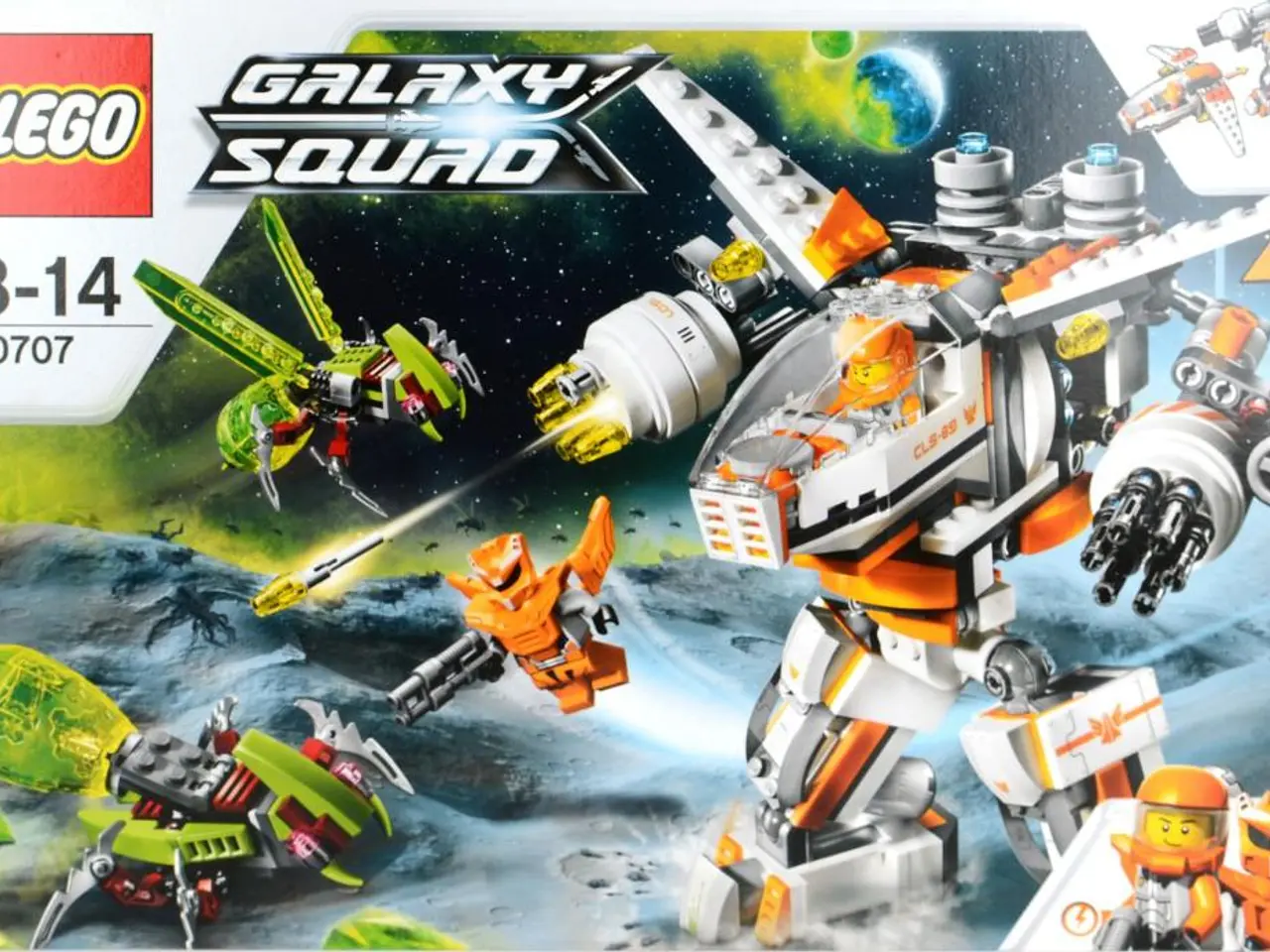Astronauts for Artemis 2 will serve dual roles as human guinea pigs during their lunar journey, subject to scientific research.
NASA has announced the crew for the highly anticipated Artemis 2 mission, a journey that will mark the first crewed flight test of the Orion spacecraft and Space Launch System rocket. The four astronauts selected for this mission are US astronauts Christina Koch, Victor Glover, Reid Wiseman, and Canadian astronaut Jeremy Hansen.
The launch of Artemis 2 is scheduled no earlier than February 2026, with a launch window that extends through April. The astronauts are expected to fly around the Moon in April 2026 for about ten days aboard the Orion capsule.
This mission will be a significant step towards establishing a sustained human presence on the Moon. The astronauts will carry out several science experiments during their mission, providing in-flight data on the human body beyond low Earth orbit, a feat not achieved in over 50 years.
Preparing for the Journey
To ensure the safety and well-being of the astronauts, various measures have been put in place. Each astronaut will wear personal dosimeters to measure radiation exposure throughout the mission and detect sudden spikes from things like solar storms. In case readings reach dangerous levels, astronauts can construct a makeshift radiation shield inside Orion.
To study the biological repercussions of life in microgravity, the astronauts will be subjected to hundreds of physiological tests. Additionally, each astronaut will wear wrist sensors to log movement and sleep throughout the mission.
The Artemis Research for Crew Health and Readiness (ARCHeR) Project
The Artemis Research for Crew Health and Readiness (ARCHeR) project will investigate how crew performance might be affected by time spent in Orion's confined space and the astronauts' demanding schedule. The avatars, which are thumb-sized samples of the astronauts' bone marrow grown on organ-on-a-chip devices, will be tested inside Orion as it passes through the Van Allen belts to study how marrow responds to deep space radiation and microgravity.
Immune system markers in the astronauts' saliva samples will be used to study how the body reacts to space radiation. The results will be compared to ISS experiments to see if the chip technology can accurately predict how tissues react outside Earth's magnetosphere.
A Minimalist Approach
In a bid to reduce complexity, the Orion spacecraft for Artemis 2 has been reduced to a modest six active sensors inside the cabin. This simplified setup will allow the focus to remain on the mission's primary objectives.
As we eagerly await the launch of Artemis 2, we look forward to the wealth of knowledge this mission will undoubtedly yield, paving the way for future manned missions to the Moon and beyond.
Read also:
- Controversy Surrounding Epstein Heats Up in Washington; Trump Endorses Homelessness Executive Order; More Events Reported
- Prevent the exploitation of our public health care systems for financial gain
- Announced winners of the American Library Association Awards in 2025
- Maine Faces a Puzzling Tuberculosis Outbreak - Location Unknown, Causes Unclear






